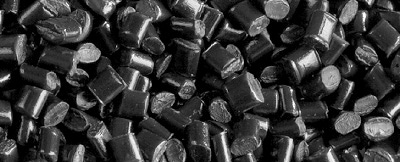Japan’s Asahi Kasei, China’s Bluestar join forces for mPPE business in China
Partners will manufacture the engineering plastic and its raw materials in Nantong, Jiangsu Province
September 15, 2017

Japan’s Asahi Kasei has concluded a joint venture agreement with China National Bluestar (Group) Co., Ltd., a subsidiary of China National Chemical Corp. (ChemChina), for the production and sale of modified polyphenylene ether (mPPE) in China, including its intermediate materials 2,6-xylenol and polyphenylene ether (PPE). As antitrust clearance has been received, respective joint ventures for manufacturing and sale were established in Nantong, Jiangsu, China.
The two joint ventures will leverage Bluestar’s technology for 2,6-xylenol and PPE together with Asahi Kasei’s mPPE compounding technology and applications development capability to facilitate further expansion in the growing Chinese market.
Asahi Kasei and Bluestar will now begin studying the construction of manufacturing facilities for 2,6-xylenol, PPE, and mPPE, and proceed with detailed evaluation of the economics of the joint business targeting a final investment decision by March 2018.
|
mPPE demand is growing in fields such as office equipment, electric vehicle components, solar panels, and electrical and electronic parts. |
Asahi Kasei sells mPPE under its Xyron brand. The Chinese joint venture will have capacity for 30,000 tonnes/year of PPE polymer and 20,000 tonnes/year of mPPE compound.
Asahi Kasei Bluestar (Nantong) Engineering Plastics Manufacturing Co., Ltd. is the manufacturing joint venture, owned 50.01% by Bluestar and 49.99% by Asahi Kasei. Asahi Kasei Bluestar (Nantong) Engineering Plastics Sales & Marketing Co., Ltd. is the sales joint venture, owned 50.07% by Asahi Kasei and 49.93% by Asahi Kasei. Besides its head office in Nantong, the sales joint venture will also establish subsidiaries in Shanghai, Shenzhen, and Hong Kong.
The manufacture of mPPE begins with phenol and methanol as raw materials, which are used to synthesize 2,6-xylenol, which is then polymerized into PPE. The PPE is compounded with other polymers such as polystyrene (PS) and various combinations of glass fiber, flame retardant, and other additives to form mPPE. Featuring superior heat resistance, flame retardance, dimensional stability, and mechanical properties, mPPE is used in fields such as office equipment, automotive components (relay blocks, electric vehicle battery modules, etc.), junction boxes for solar panels, industrial components, and electrical and electronic parts (connectors, etc.).
About the Author(s)
You May Also Like





